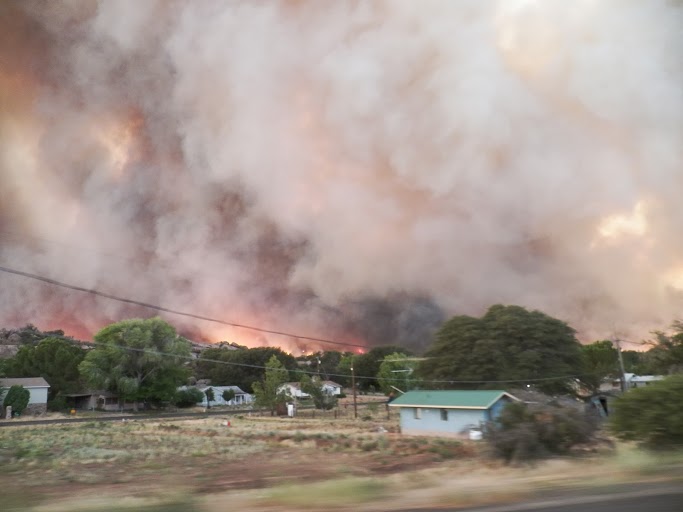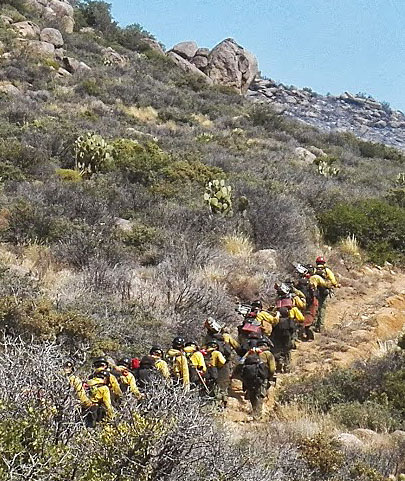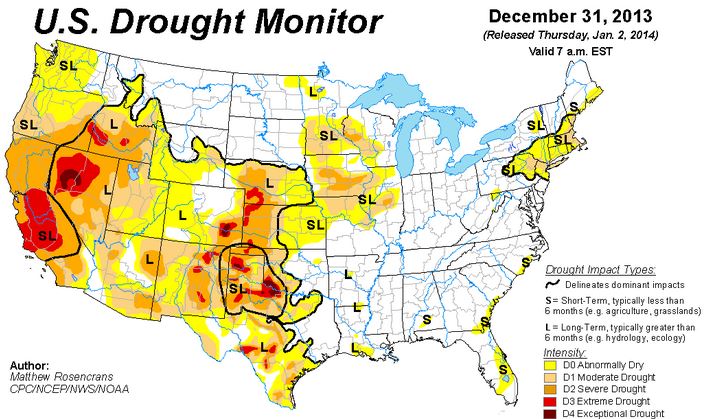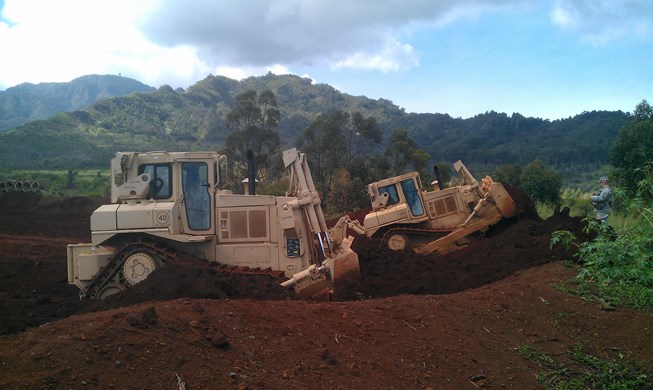
The leader of the 54-person team that conducted the Serious Accident Investigation Team’s investigation into the Yarnell Hill Fire in Arizona that killed 19 firefighters was quoted as saying that individual firefighters should be able to attack wildfires alone. Florida State Forester Jim Karels’ reasoning seems to be that it is too expensive to send two firefighters to a fire.
Below is an excerpt from an article at WFSU explaining that the Florida state legislature is considering a recommendation from the Florida State Fire Service Association that firefighters should not be sent alone to a fire:
…Florida Forest Service Director Jim Karels says the increased staffing mandate is not necessary because the lowest-risk fires only require one firefighter—and if he sends two to one fire, it’s possible nobody will be available when the next one breaks out.
“Safety-wise, purely, if I can send two firefighters to every fire every time with no other decisions, I’m good with that. But we’ve got to look at it on effectiveness and efficiency too,” he says.
But Rep. Mike Clelland (D-Lake Mary) says his experience as a firefighter makes him question the department’s refusal.
“I just can’t imagine one person responding to a forest fire or a brush fire,” he says. “I spent my whole adult life in the fire service.”
The article also has a 50-second audio recording in which you can hear Mr. Karels actually speaking those words.
This helps to explain how Mr. Karels’ 54-person investigative team came up with their analysis of the fatal Yarnell Hill Fire:
The judgments and decisions of the incident management organizations managing this fire were reasonable. Firefighters performed within their scope of duty, as defined by their respective organizations. The Team found no indication of negligence, reckless actions, or violations of policy or protocol.
Many people, including this writer, disagree with the conclusion reached by Mr. Karels and his team. The article we wrote on February 15 is an example of some, but not all, of the negligence, reckless actions, and violations of policy or protocol that have been documented about the fire, in spite of Mr. Karels’ analysis. Other examples surfaced after the release of the second official report on the fire which was issued by the Arizona Division of Occupational Safety and Health.
Many people, after studying for weeks how 19 firefighters were killed on a fire, would be hyper-aware and sensitive to firefighter safety issues, but not in this case. Florida State Forest Service Director Jim Karels is a danger to firefighters and should get out of the business. We don’t use term idiot often at Wildfire Today, but it is well deserved in this case.











